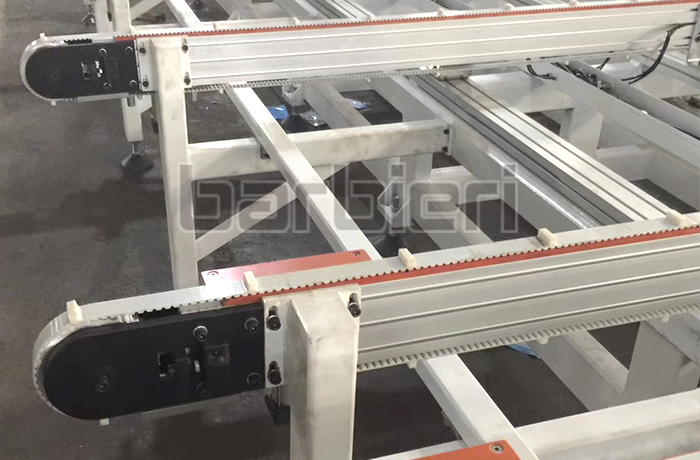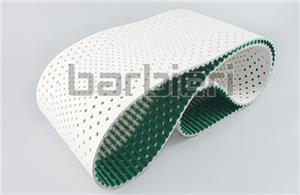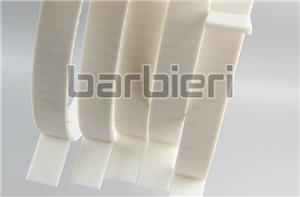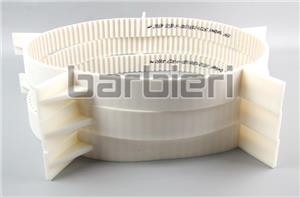How to solve the noise caused by the timing belt operation and its solution
Timing belt has good wear resistance and makes very little noise when working. However, the timing belt transmission sometimes produces some loud noise problems. There are many reasons for the abnormal noise of the timing belt:
The quality of the timing belt itself is a problem. A low-quality timing belt will cause abnormal noise caused by relaxation, deformation or wear. A timing belt that has been used for too long is also prone to abnormal noise, because long-term use will cause serious wear and tear. , reducing its stability and durability; the working environment and usage method of the timing belt are also the reasons for the abnormal noise of the timing belt. If the environment where the machine is located is too dusty and polluted, it will accelerate the wear and aging of the timing belt, resulting in abnormal noise. Noise; or excessive workload and improper use will also overload the timing belt and produce abnormal noise, etc.

The following are examples of some common causes of noise when the timing belt is running. Understanding the source of the noise can solve the problem faster:
Noise symptoms | Cause of noise | corrective measures |
Timing belt squeaks | 1. Timing belt sliding 2.Pollution | 1. Readjust the tightness 2. Wipe the timing belt and timing pulleys |
Timing belt clicking sound | 1. Timing belt is loose 2. The timing belt and timing pulley do not match 3. The axes are not parallel | 1. Readjust the tightness. 2. Install matching timing belt 3. Align the timing pulleys or check the bearings so that all timing belts share the load equally. |
Timing belt wear sound | 1. Timing belt collision protective cover | 1. Repair, replace or redesign the protective cover. |
Timing belt grinding sound | 1. Bearing damage | 1. Replace, adjust and lubricate |
Timing belt is unusually loud | 1. Improper use of timing belts 2. Timing pulley wear 3. Foreign objects fall into the timing pulley | 1. Use the correct size of timing belt, use the correct timing belt tooth profile and timing pulley for synchronous transmission. 2. Replace the timing pulley 3. Clean the timing pulley, improve the protective baffle, remove rust paint or remove dirt from the groove |
To solve the problem of excessive timing belt noise when mechanical equipment is running, pay special attention to the following points:
1. Reasonable design: Ensure that the timing belt is reasonably designed, suitable for the requirements of the equipment used, and assembled in accordance with the correct assembly requirements to avoid noise problems caused by being too tight or too loose.
2. Regular maintenance: Regularly inspect and clean and lubricate the timing belt to avoid accumulation of dust and dirt, reduce friction between the belt and components, and thereby reduce noise generation.
3. Choose a high-quality timing belt: Choose a reliable timing belt manufacturer to ensure that the material of the timing belt is uniform and durable. This reduces friction on the belt surface and reduces noise generation.

Barbieri is a modern manufacturer specializing in polyurethane timing belts, polyurethane transmission belts, and timing belt pulley, integrating research, development, production, and sales. With more than 25 years of experience in production, processing and quality management, if your timing belt noise problem cannot be solved, you can consult our technical staff for support and help and provide effective solutions.




